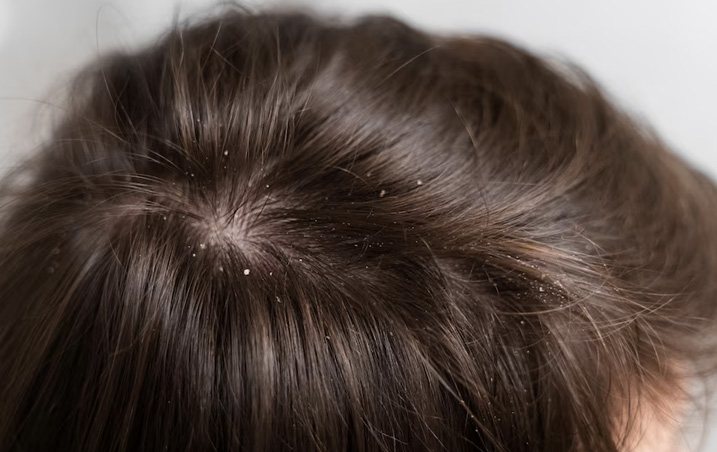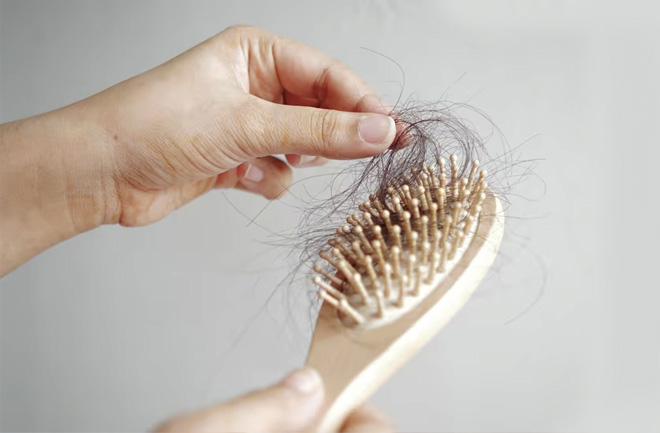Some of the most common symptoms or signs of Alopecia Areata are:
• Oval or round small hair loss patches on your scalp and other body parts like beard area and face.
• Unpredictable loss or regrowth or hair in different body areas that too, simultaneously
• Unbelievable loss of hair in a short timeframe
• Hair loss occurs on any side of your scalp
• Widening part
• Receding hairline
• Gradual hair thinning
• Changes in the fingernails such as:
– Pinpoint dents
-Nails become rough and lose shine
-Nails become thin and eventually split
-Nails develop lines and white spots
Other clinical symptoms of Alopecia Areata are:
• Exclamation mark hairs- this is when the short hairs get narrow from the bottom and grow around the bald spot edges.
• Cadaver hairs- When the hair breaks before it reaches the skin’s surface.
• White hair- You may get white hair in areas affected by hair loss.

Though the exact cause is still unknown, the condition is said to be caused by multiple factors. One of the factors that cause Alopecia Areata is a mistake made by the white blood cells.
With this condition, the immune system considers the body’s normal cells as foreign bodies and, therefore, attacks them. This causes the hair follicles to shrink or fall. Another factor for the cause of Alopecia Areata is a family history of autoimmune diseases. This means that you are likely to develop this condition if you have a family history of autoimmune disorders such as;
• Vitiligo
• Thyroiditis
• Hyperallergic
Schedule a consultation with an experienced medical professional for the Alopecia Areata diagnosis. The doctor may observe symptoms to determine the condition. They are likely to assess:
• The degree of hair loss
• Examine hairs from the affected area using a microscope
• In some situations, the doctor may also carry out a skin biopsy or a blood test as needed.
A child is at a higher risk of developing if a parent or their close blood relative has this condition. However, not every child will develop it.



